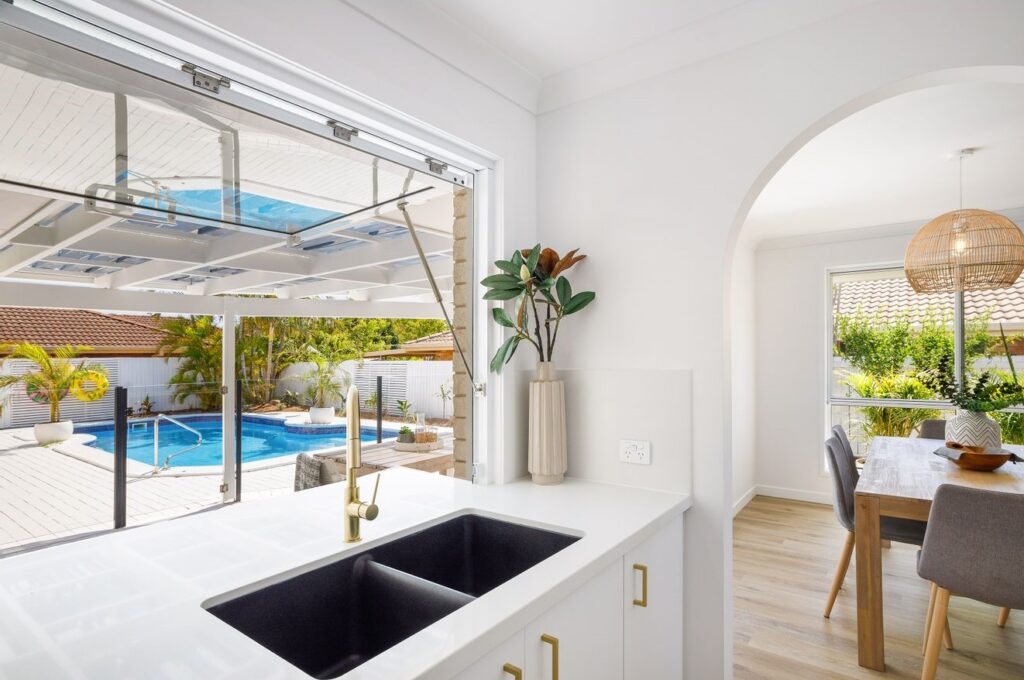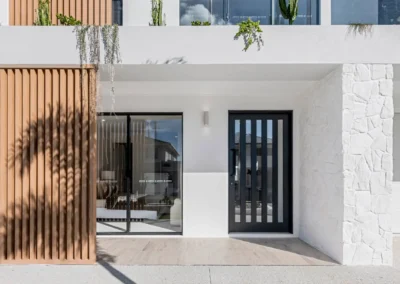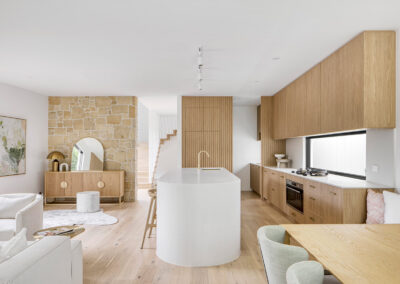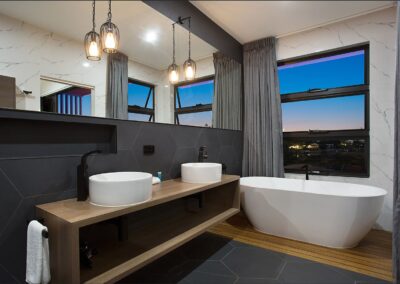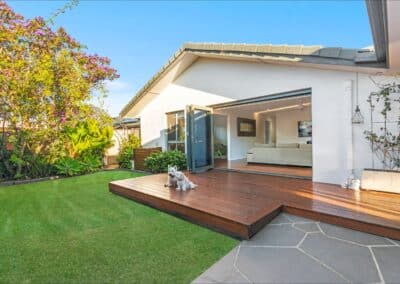Windows stand as indispensable elements within any home, serving a multifaceted role by facilitating ventilation, ensuring security, and ushering in the warmth of natural light. Among our diverse window styles, the Gas Strut window has emerged as one of the most sought-after options – and rightfully so. This particular design not only exudes the picturesque charm reminiscent of a fixed panel but also introduces the added functionality of a servery-type window.
Now, you might find yourself pondering a pertinent question: Does the substantial metal presence along the bottom of the Gas Strut window compromise the aesthetic appeal of your beautiful benchtop? Let’s delve into this query and explore how the Gas Strut window seamlessly combines form and function to enhance both the visual and practical aspects of your living space.
What is a Sill?
Well that would be the sill and depending on your circumstances it may well be required. A sill is a horizontal beam that extends from the bottom edge of the frame. It provides additional stability and support for the window, as well as protection from weather-related issues.
Do I Need One?
It depends on one important factor, the weather. If you choose to have a strut without a sill you will need to make sure that 1) you are not in a high wind area such as right on the beach front or up in high altitude areas and 2) that you have adequate coverage on the outside of the window, unfortunately you typical roof eave is not enough. If you can meet these requirements then congratulations you will be able to have the lovely seamless bench that your pinterst board is littered with, if not, well a sill will be required to keep out those nasty summer storms.
Either way you go, the Gas Strut is a wonderful window choice and can be screened with a retractable flyscreen fitted to the inside of the window. It’s hard to think of a better option for your kitchen servery area, these are just some important clarifications that need to be understood when looking at this option.

